Brick Header Course
Brick Header Course - Web one of the sbs courses must be an introductory economics course (econ 102 or econ 103). A standard us brick is 194 × 92 × 57 mm. Because that way two widths plus a bit of mortar (called the perpend) equals one length. This type of bond is well known, and is therefore easy to build, as well as cost effective. Sometimes header bond is also called a heading bond. Web flemish bond is also known as the dutch bond where bricks are laid alternating stretcher and header in the same course. The next course has the header in the centre of the stretcher below it. While stretcher bond is used for the construction of walls of half brick thickness whereas header bond is used for the construction of walls with full brick thickness which measures 18cm. Cs 124 or ece 220 may be substituted. Web the rowlock is similar to the header course except that the brick are laid on narrow or face edge. In case of stone masonry header is sometimes known as through stone. Web brickworks offers masonry & hardscape products including brick, stone, pavers, walls, outdoor living products, supplies & tools. English bond—similar to an american bond, but every other row, the bricks have a header course to create a more distinct pattern. Gives almost a “diamond pattern” in the brick.. Cs 124 or ece 220 may be substituted. This is a course made up of a row of headers. Web each course up to the window header has bricks laid in a stretcher orientation. String course (belt course or band course): This type of bond is well known, and is therefore easy to build, as well as cost effective. A header course consists entirely of headers (horizontal, short, narrow side laid on wide edge). Science elective of 4 hours, semester placement depends on prerequisites. Header bond 11 types of brick bonds with structure details 17 header means a shorter square span face of the brick which has dimensions 9cm x 9cm. This is a course made up of a. The header is a brick that is put with its width parallel to the face or direction of the wall. Web the courses are laid as stretchers, with the vertical joints offset by half a brick on each layer. Then, at the header, the bricks follow a header and rowlock pattern. This type of course is often used as the. A decorative horizontal row of masonry, narrower than the other courses, that extends across the façade of a structure or wraps around decorative. English bond—similar to an american bond, but every other row, the bricks have a header course to create a more distinct pattern. The course of brick work in which all the bricks are laid as. This is. Header bond 11 types of brick bonds with structure details 17 header means a shorter square span face of the brick which has dimensions 9cm x 9cm. In these bonds, all bricks are placed as headers on the faces of any type of wall. Web the rowlock is similar to the header course except that the brick are laid on. This is a course made up of a row of headers. Web the decorative english garden wall bond has three courses of stretchers between every course of headers, often in a different colour. String course (belt course or band course): Me 470 will satisfy a core course requirement and the campus general education advanced composition requirement. Flemish bond—bricks are turned. The header bond is sometimes combined with the regular stretcher bond in order to create a curve in the wall in an easier way, for example. Usually a flemish bond starts with a dear at the corner. Science elective of 4 hours, semester placement depends on prerequisites. The course which is containing headers is called a header course. This type. A standard us brick is 194 × 92 × 57 mm. This type of bond is well known, and is therefore easy to build, as well as cost effective. Web the decorative english garden wall bond has three courses of stretchers between every course of headers, often in a different colour. The header bond is sometimes combined with the regular. The header is a brick that is put with its width parallel to the face or direction of the wall. Web flemish bond is also known as the dutch bond where bricks are laid alternating stretcher and header in the same course. Web header courses usually appear at every fifth, sixth or seventh course. Web one of the sbs courses. In the past header bond was often used for curved brickwork and buildings of high quality. In these bonds, all bricks are placed as headers on the faces of any type of wall. Brick laid flat and perpendicular to the face of the wall are called headers. Flemish bond—bricks are turned on their header side every other brick. Each horizontal layer of brick in a masonry structure is called a course. Web header courses usually appear at every fifth, sixth or seventh course. This article references headers and stretchers , which are typical brick orientations. Web the course explorer provides the schedule of classes by term and a browsable database of general education requirements in addition to other resources. Sometimes it’s difficult to tell if a course pattern is purposeful or accidental! Laying stretchers uses up fewer bricks than laying headers however it is also less strong hence its use in traditional walled gardens and other modest structures. Common bond may be varied by using a flemish header course. In laying out any bond pattern, it is important that the corners be started correctly. This type of course is often used as the top course or cap of garden walls and as window and door sills. The header bond is sometimes combined with the regular stretcher bond in order to create a curve in the wall in an easier way, for example. This type of bond is well known, and is therefore easy to build, as well as cost effective. Header bond 11 types of brick bonds with structure details 17 header means a shorter square span face of the brick which has dimensions 9cm x 9cm.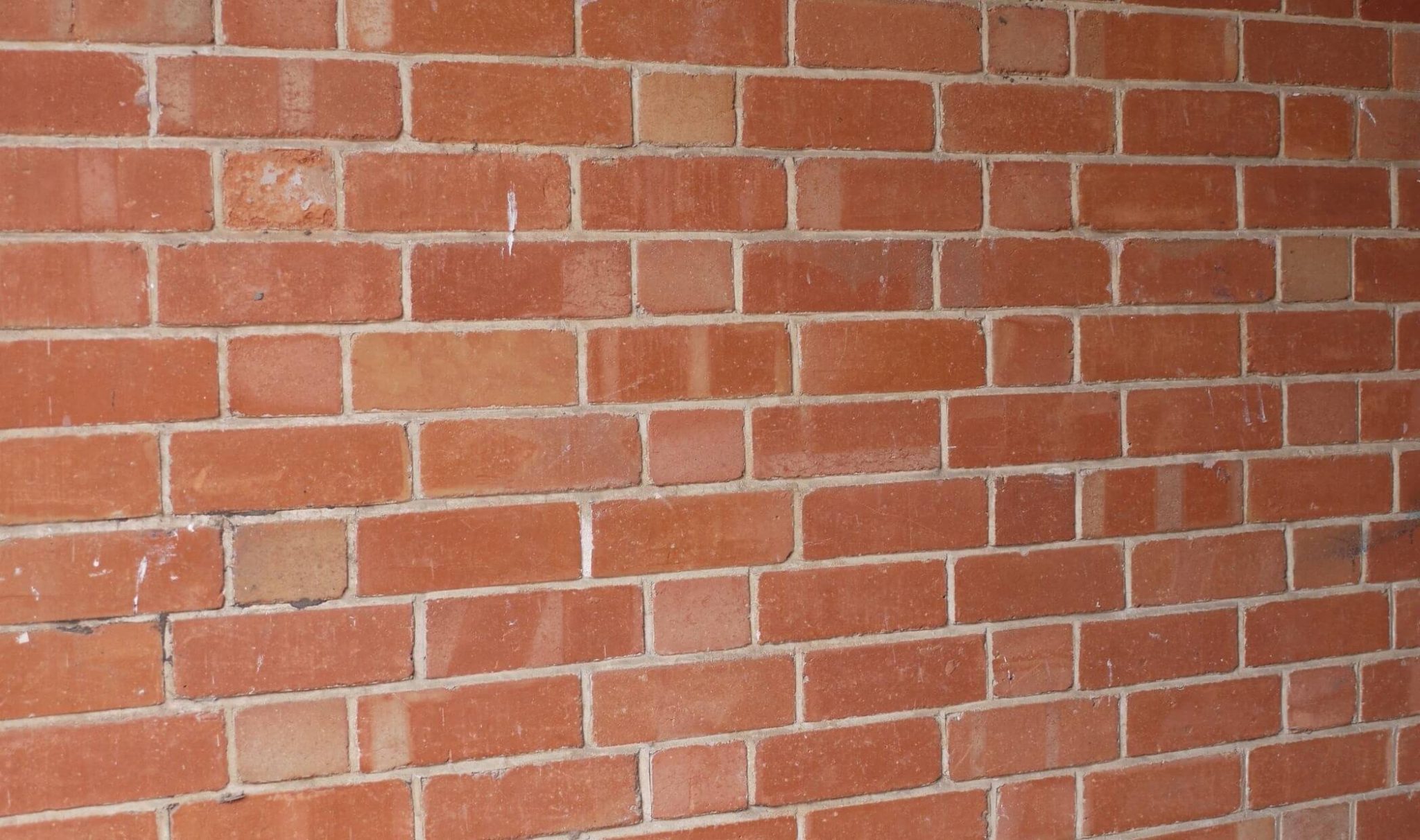
Brick Bonds Working, and 10 Types of Brick Bonds
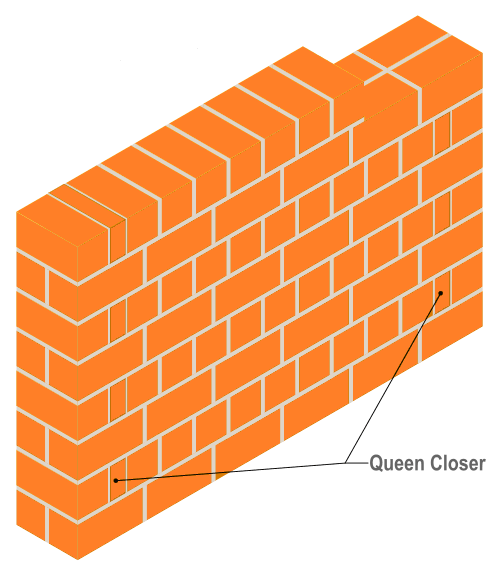
TYPES OF BRICK BOND

Brickwork soldier course Brickwork, Brick detail, Architecture
/masonry-brick-bond-common-types-2736655-cf1ec5c2e3fe46ad83252d6dbb551a20.png)
Common Types of Brick Bonds Used in Masonry

Simple brick boundary wall with header course. Boundary walls, Garden

Rowlock or Bull Header course. Flemish bond below, English Bond above
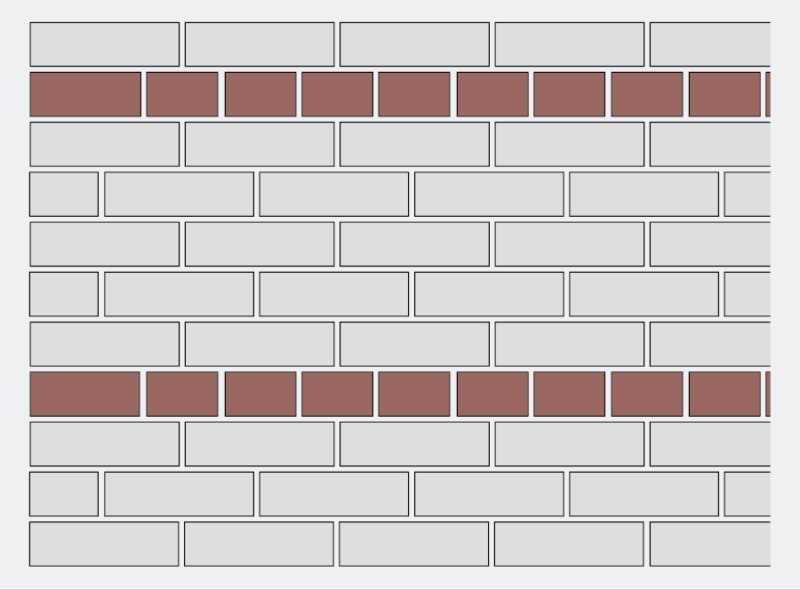
Typical Brick Bonds Archtoolbox

BONDING IN BRICKWORK
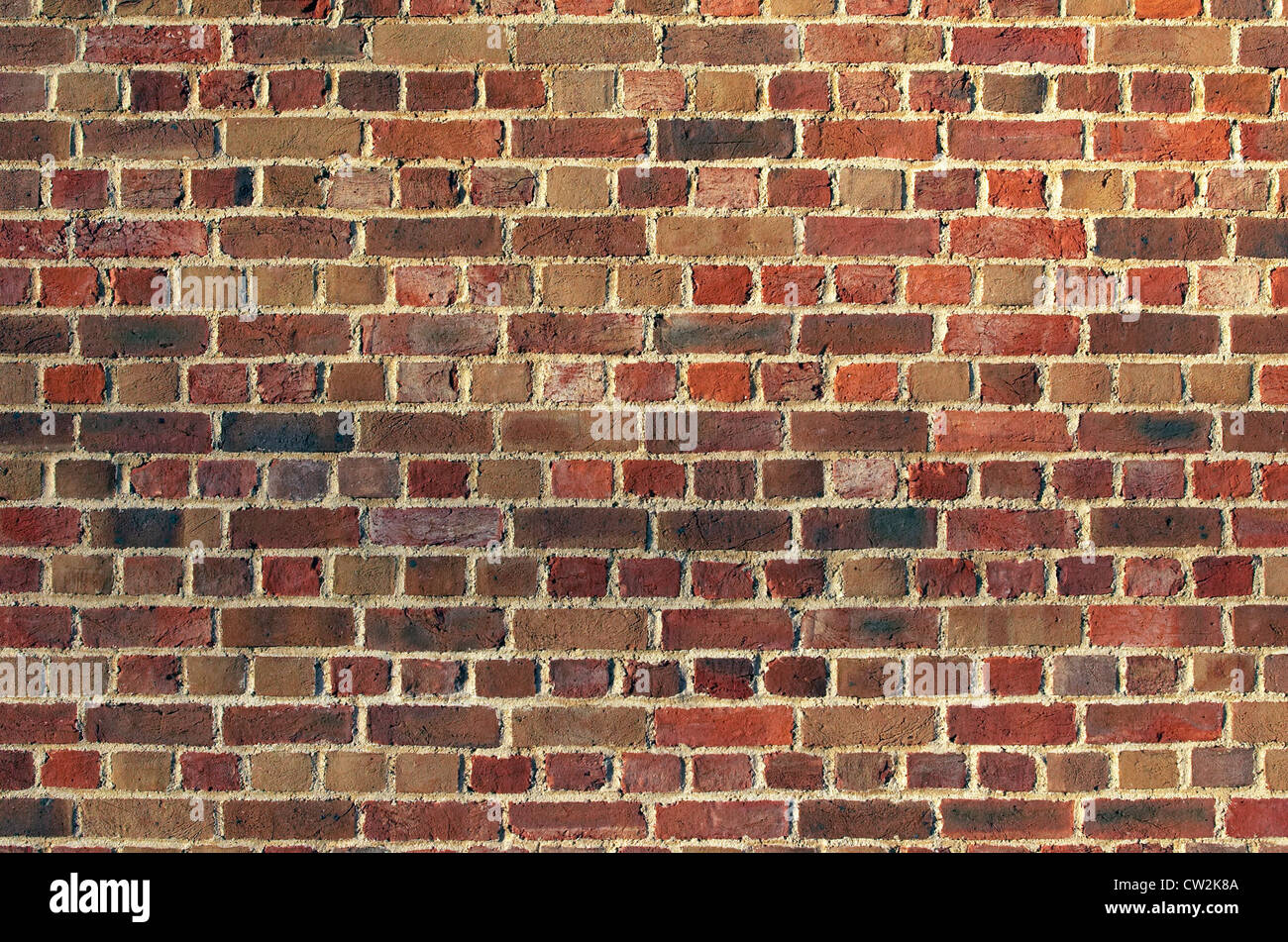
Decorative brickwork English bond. This pattern comprising alternating
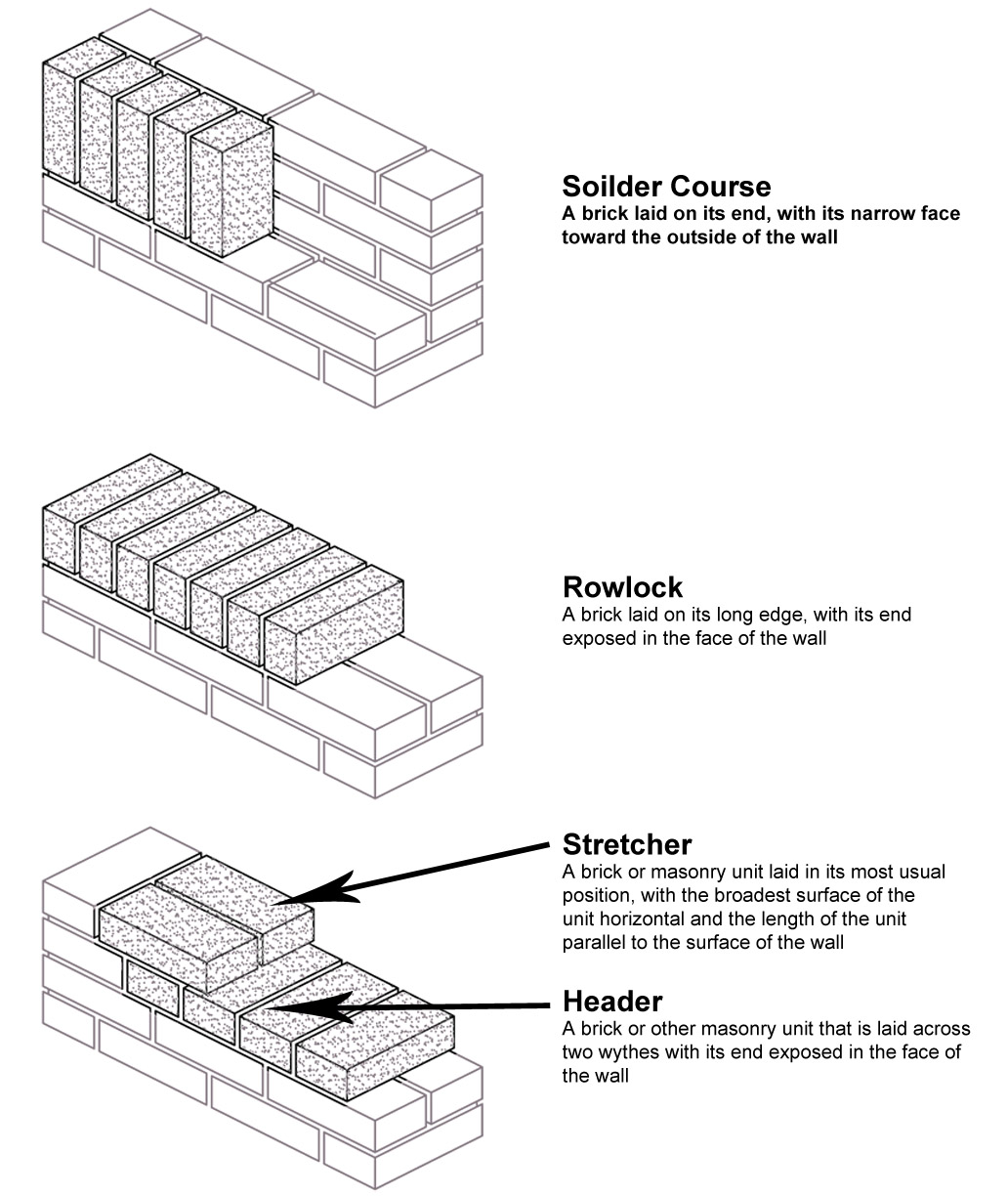
Brick Masonry Buildipedia
The Course Of Brick Work In Which All The Bricks Are Laid As.
Web One Of The Sbs Courses Must Be An Introductory Economics Course (Econ 102 Or Econ 103).
Web The Courses Are Laid As Stretchers, With The Vertical Joints Offset By Half A Brick On Each Layer.
Usually A Flemish Bond Starts With A Dear At The Corner.
Related Post: